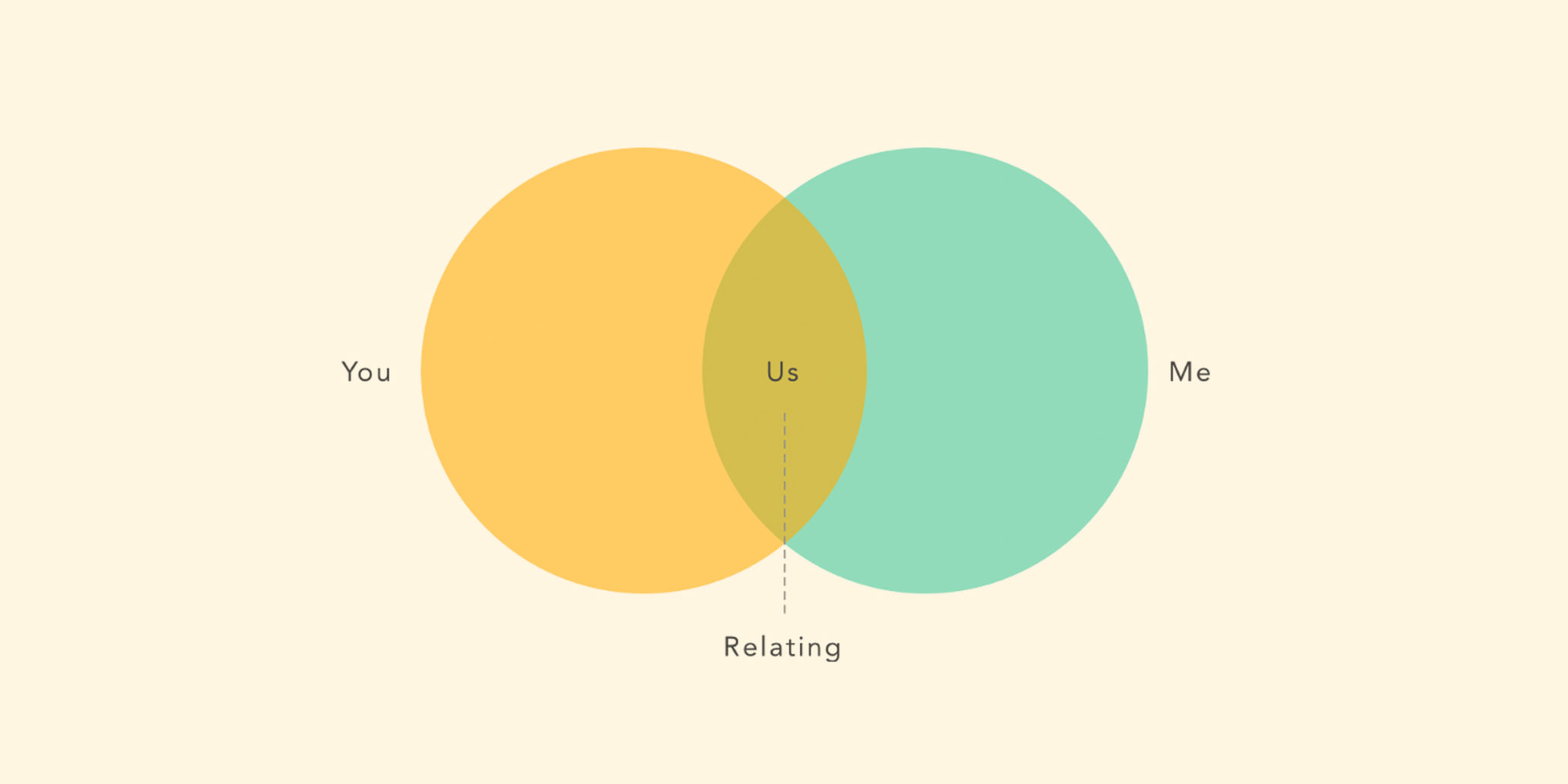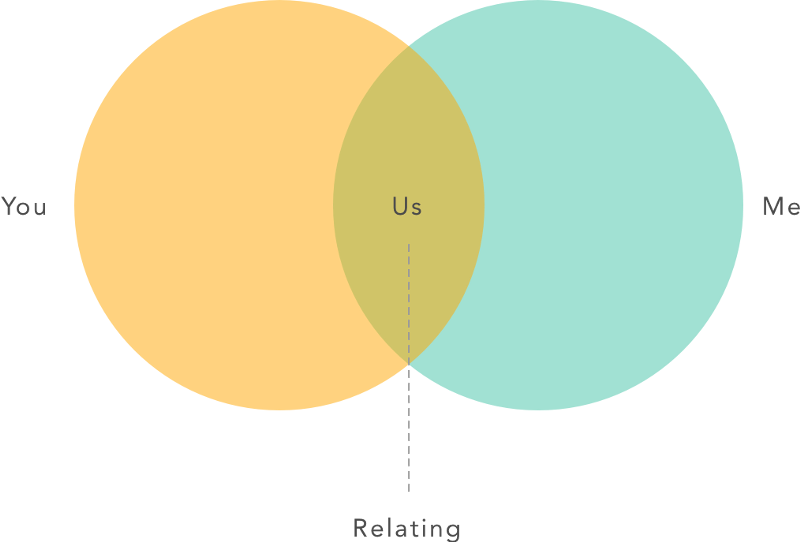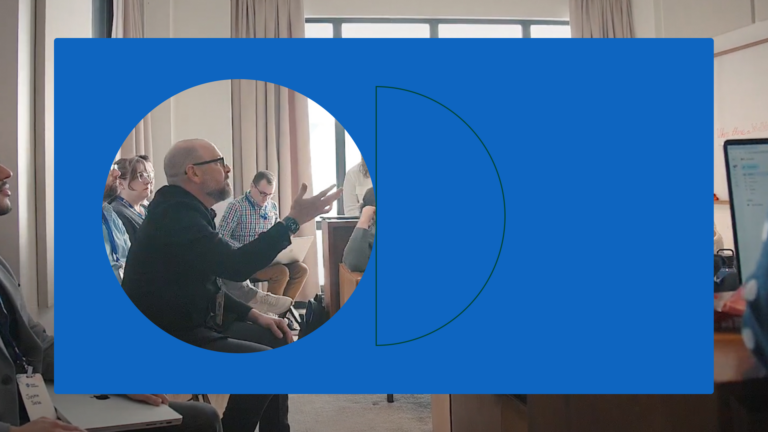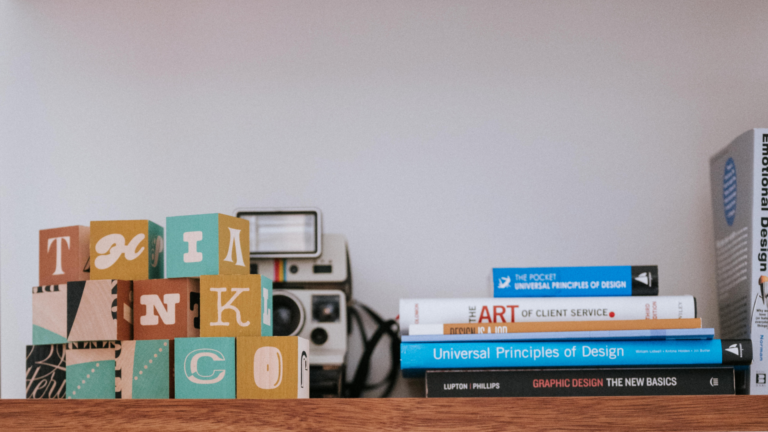Presenting a Design Concept? Facilitate a Conversation Instead

Several months ago, my design lead Chris and I met early at the studio ready to start our day. We situated our workstations, spent a bit of time recapping the week, and took an assessment of what was on deck for the morning. As we reflected a bit on some of the conversations with our stakeholders, Chris spoke at length to the notion of being a facilitator versus being a presenter.

As experience designers consulting for other companies and organizations, we are tasked to achieve specific goals and deliverables. As such, we are in the unique position to also foster and build cohesion between ourselves and our clients.
In the months since, I’ve taken to heart what Chris and I spoke about and have distilled a bit of our perspective on facilitating conversations rather than presenting ideas.
Facilitating versus Presenting
Because of shows like Mad Men, many folks come to understand the byproduct of design work as some sort of beautiful artifact, wrapped and bowed. And sure, a part of some of our work outputs are the beautifully crafted artifacts and satisfyingly useful products. After all, the artifacts have a life in and of themselves. There is no doubt to that. But the research, thinking, and context behind it all cannot be assumed.
A good presenter showcases the work. A great one facilitates a discussion around it.
The facilitator utilizes the work to set the stage for deeper logistical and strategic conversations. Semantics? Perhaps. But in this distinction is a key philosophical difference. People want to have a stake in the conversation, but even before that, they want to be a part of the conversation. Especially since it concerns the vitality of their own enterprise.
People Are People, Too
In recent years, there has been a conversation about moving away from calling people “users.”
“As somebody once said, it’s kind of arrogant to think that the only reason that people exist is to use what you built. They actually have lives, like, outside of the experience they have using your product. So the first step to designing in a human-centered way is to recognize that they’re humans.”
– Margaret Gould Stewart, Director of Product Design, Facebook
People are people, first and foremost. In the world of consulting, the individuals for whom we consult are just one set of many people for whom we design. While we act as advocates for our client’s customers, our clients are “users” too. Or to phrase it in Stewart’s terms, our clients and their customers are humans who end up using our design and technology services.
Our clients are experts in their field, having much more depth of understanding in their industries than we do. It is only through actually having a conversation and building a relationship with our clients can we glean a meaningful understanding of their business.
Long-term Productivity versus Short-term Efficiency
To recognize that our clients and their users are human requires that we prioritize that humanity. This human-centered perspective sometimes forces us to eschew pure efficiency.
Built into our desires and compulsion to design the best experiences, we sometimes focus on efficiency and optimization of logistics for our interfaces and our workflows. The problem with only focusing on efficiency is that at times—while providing short-term benefit to get things moving—in the long term, efficiency is not very conducive to building a sense of camaraderie.
During his interview on the Freakonomics episode How to Be More Productive, Charles Duhigg shares the example of socializing before meetings. He describes the meeting scenario in which everyone arrives and the first few minutes are utilized to socialize about the weekend, family, news—anything but the meeting at hand. And most people’s gut reaction—mine included—is to get the meeting started due to time constraints and the need to get things done. In other words, to optimize for efficiency.
Duhigg argues, however, that it’s these first few moments that are critical in establishing trust and team dynamics for long-term productivity.
“Teams need to believe that their work is important. Teams need to feel that their work is personally meaningful. Teams need clear goals and defined roles. Team members need to know they can depend on one another. But, most important, teams need psychological safety… But I think you hit on something really, really powerful, which is that, that list of things that you just read, they are not efficient.”
— Charles Duhigg, Smarter Faster Better: The Secrets of Being Productive in Life and Business
Similarly, in Tom Hobbs’ excellent piece, Enterprise Software Design: A Call to Arms, Hobbs speaks about seeing beyond short-term obstacles to achieve greater goals:
Redesigning and rebuilding enterprise software, and then getting organizations to migrate, means corralling and aligning a lot of different people — and seeing beyond short-term obstacles.
While there are moments where prioritizing efficiency is necessary, weighing stretch goals versus small ones — and focusing on overall long-term vision while affixing the appropriate short-term tactical objectives — can get us there.
In facilitating, time is taken to establish, even re-establish if necessary, where everyone stands and to reinforce the notion of a team’s psychological safety: the shared belief the team is a social environment safe for interpersonal risk taking, that there is mutual respect and acceptance.
The key point is knowing when to effectively nurture trust and unity over immediacy to aid in, as Hobbs’ states, “Seeing potential, not just problems.”
Joining the Story
In that regard, presenting passively displays the story, but facilitating invites others to join in to be a part of the telling. Facilitation reinforces coexistence between all parties within the relationship.
Our clients, their vision, and their goals are really their stories and we’ve been invited to take part in it. And when introducing a potential solution or pattern, we are introducing a new story element within an existing narrative structure.
Keep up your hobbitry in heart, and think that all stories feel like that when you are in them. You are inside a very great story!
— J.R.R. Tolkien, Letters of JRR Tolkien, From a letter to Christopher Tolkien 6 May 1944
In that vein, I’ve been mindful about facilitating a conversation with our stakeholders and other teams on the floor rather than trying to convince them of a direction, strategy, or design concept. The direction, strategy, and concepts are a part of a larger narrative, one in which all participants want agency and purpose.
Regardless of how well thought or executed an idea or design is, people (like people in real life) do not like being talked at—there are other channels for that, like this blog post. And even here, the hope is that any uni-directional communication acts as impetus to initiate an omni-directional one.
Months since the conversation with Chris, the once seemingly disparate teams are now cohesive and focused as one unit. This isn’t simply through my efforts at facilitating, it’s also the reciprocal nature of teamwork established as a result of facilitation.
Ultimately, it is about building a meaningful relationship and creating a distinct understanding between the two parties. Like in any relationship, each party maintains their individual agency, but in the space between them, they become a whole, single and unified in their separateness.
As experience designers, our “work” is the work. But the artifacts we produce are also props and tools to get to the other work that needs to be done: the productive and purposeful execution of the larger vision.
And that is all about facilitating.



